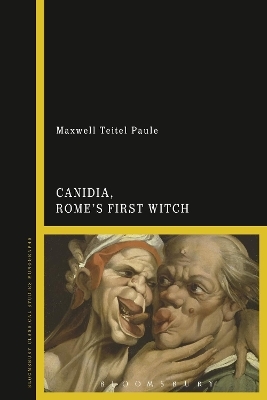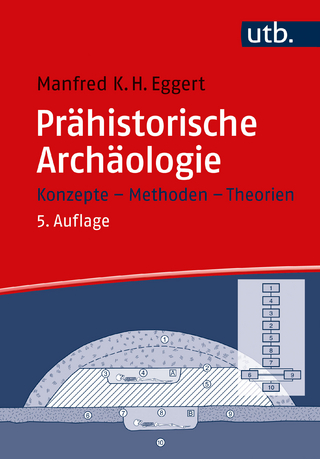
Canidia, Rome’s First Witch
Bloomsbury Academic (Verlag)
978-1-350-00388-0 (ISBN)
This volume is the first comprehensive treatment of Canidia. It offers translations of each of the three poems which feature Canidia as a main character as well as the relevant portions from the other three poems in which Canidia plays a minor role. These translations are accompanied by extensive analysis of Canidia’s part in each piece that takes into account not only the poems’ literary contexts but their magico-religious details.
Maxwell Teitel Paule is Assistant Professor of Ancient and Classical Studies at Earlham College, USA.
1: Canidia, or What is a Witch?
(a) Introduction
(b) The Historical Canidia
(c) The Problem with Witches
(i) What qualifies as a saga?
(ii) The Witches Meroe and Canidia
(d) Conclusions
2: Satire 1.8: Canidia in the Gardens of Maecenas
(a) Translation and Text
(b) Introduction
(c) A Statue in the Garden, a Witch in the Graveyard
(i) Canidia’s Invasion of the Satiric Garden
(d) Integrating the Intruder
(i) Elements of Vergil, Elements of Theocritus
(ii) Elements of Homer
(iii)Elements of Horace
(e) Priapus Flaccus and the Inversion of the Iambographic Tradition
(i) Satirizing Callimachus’ Iambi
(f) Conclusions
3: Hag and Snatcher: Canidia as Child-Killing Demon in Epode 5
(a) Translation and Text
(b) Introduction
(c) Canidia as Child-Killing Demon
(i) Three Child-Killing Demons
1. Lilith
2. The Strix
3. Lamia
(ii) Canidia’s Demonic Traits
(d) Canidia and the Puer – Epode 5 as Response to Vergil’s Eclogue 4
(i) Epode 5 as Commentary on Civil War
1. Thyestean Oaths
2. A Feast for Dogs and Birds
(e) Conclusions
4: Routing the Empusa: The Iambic Canidia of Epode 17
(a) Translation and Text
(b) Introduction
(c) Sorry/Not Sorry: Horace’s (Not So Apologetic) Apology
(d) Canidia the Empusa
(e) Canidia and the Epodes
(f) Canidia the Anti-Muse
(g) Conclusions
5: Venefica Minor: Canidia in Epode 3, Satire 2.1 and 2.8
(a) Canidia the Lesser
(i) Epode 3.1-14
(ii) Satire 2.1.47-53
(iii)Satire 2.8.90-95
(b) Final Remarks
Bibliography
Index
| Erscheinungsdatum | 09.02.2017 |
|---|---|
| Zusatzinfo | 4 bw illus |
| Verlagsort | London |
| Sprache | englisch |
| Maße | 156 x 234 mm |
| Gewicht | 469 g |
| Themenwelt | Geschichte ► Allgemeine Geschichte ► Vor- und Frühgeschichte |
| Geschichte ► Allgemeine Geschichte ► Altertum / Antike | |
| Geisteswissenschaften ► Religion / Theologie | |
| Geisteswissenschaften ► Sprach- / Literaturwissenschaft ► Anglistik / Amerikanistik | |
| Geisteswissenschaften ► Sprach- / Literaturwissenschaft ► Literaturwissenschaft | |
| ISBN-10 | 1-350-00388-3 / 1350003883 |
| ISBN-13 | 978-1-350-00388-0 / 9781350003880 |
| Zustand | Neuware |
| Informationen gemäß Produktsicherheitsverordnung (GPSR) | |
| Haben Sie eine Frage zum Produkt? |
aus dem Bereich


